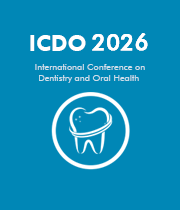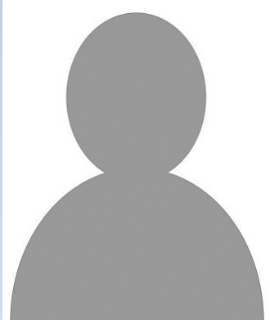Title: Smoking cessation in a dental setting. Comparison of the cost-effectiveness of a highand a low-intensity treatment at long-term follow-up in a randomized trial
Abstract:
Smoking cessation in a dental setting. Comparison of the cost-effectiveness of a high- and a low-intensity treatment at long-term follow-up in a randomized trial
Background
There is strong evidence for the effectiveness of tobacco control programs, i.a. in the dental setting. We have previously performed a RCT of a high- and a low-intensity treatment (HIT and LIT) for smoking cessation in a dental setting in Sweden. Effectiveness was assessed after 1 year and 5-8 years. However, cost-effectiveness analyses are also required to support in decisions on allocation of societal resources.
Objectives
A cost-effectiveness analysis of HIT and LIT using long-term follow-up effectiveness data and a validation of previous cost-effectiveness results based on short-term follow-up.
Methods
The economic evaluation, performed in a societal perspective, was based on treatment costs and number of abstinent participants after 1 year and 5-8 years. Future disease-related costs (in Euro 2014) and health effects (in quality-adjusted life-years (QALYs)) were estimated via a Markov model. Treatments were explicitly compared in an incremental analysis and the result presented as an incremental cost-effectiveness ratio (ICER).
Results
The more costly HIT led to a higher number of point prevalence abstinent participants after 1 year and a higher number of sustained abstinent participants after 5-8 years, which translates into larger health gains and costs avoided than LIT. The incremental cost/QALY of HIT compared to LIT amounted to 2,431 Euro and 1,020 Euro using short- and long-term effectiveness respectively, which is considered very cost-effective in Sweden.
Conclusion
The HIT was even more cost-effective than LIT at long-term than at short-term. Cost-effectiveness analysis favours the more costly HIT if decision-makers are willing to spend at least 3,092 Euro/QALY for tobacco cessation treatment.




